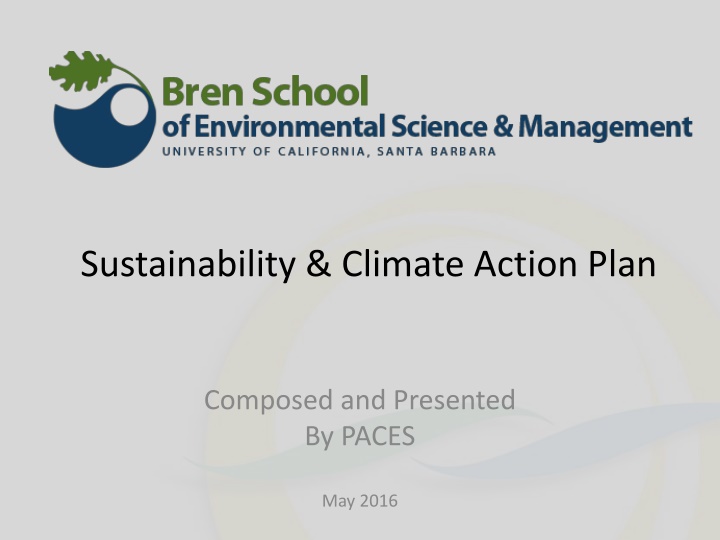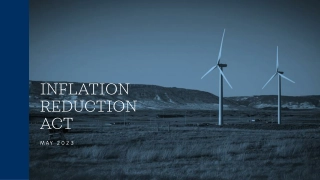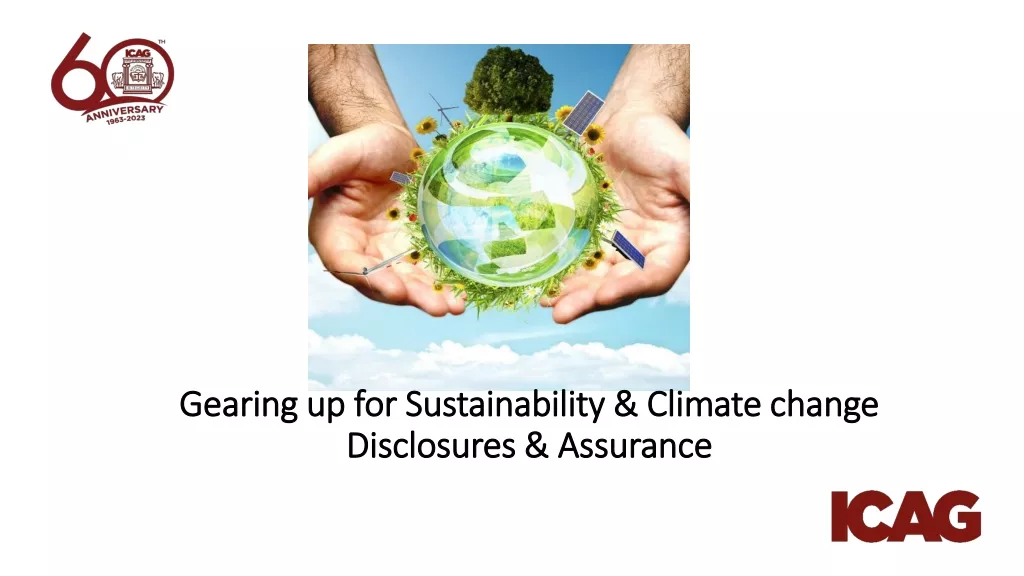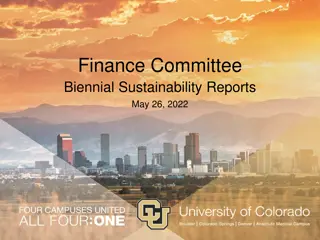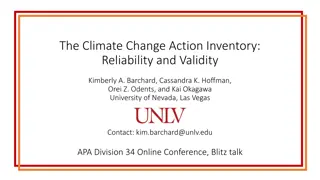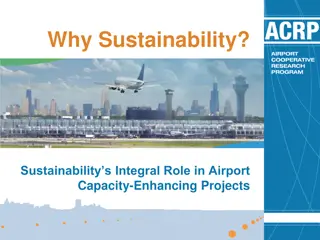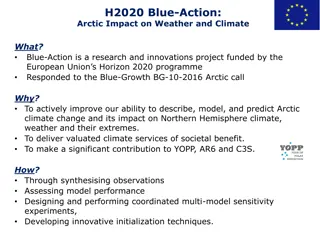Sustainability & Climate Action Plan Presented by PACES May 2016
This presentation showcases the sustainability and climate action plan developed by PACES in May 2016, highlighting energy-efficient practices, areas for improvement, retrofit recommendations, and tips for electronic equipment efficiency.
Download Presentation

Please find below an Image/Link to download the presentation.
The content on the website is provided AS IS for your information and personal use only. It may not be sold, licensed, or shared on other websites without obtaining consent from the author.If you encounter any issues during the download, it is possible that the publisher has removed the file from their server.
You are allowed to download the files provided on this website for personal or commercial use, subject to the condition that they are used lawfully. All files are the property of their respective owners.
The content on the website is provided AS IS for your information and personal use only. It may not be sold, licensed, or shared on other websites without obtaining consent from the author.
E N D
Presentation Transcript
Sustainability & Climate Action Plan Composed and Presented By PACES May 2016
This presentation illustrates the findings from the assessment that PACES (Program for the Assessment and Certification for the Environment and Sustainability) completed and includes recommendations for future action.
Natural Light & Dimming Mix of overhead and natural lighting Dim switches, motion sensors, and timers were found in offices PACES congratulates your department in promoting better energy practices
Areas for Improvement Request to have a more detailed energy audit to ensure spaces are being lit with the proper amount of light. Task lamps are more energy efficient because they focus the light to where it is needed most. Delamp areas with ambient lighting
Bren Hall Retrofit Better quality light and more durable lamps New Troffer LED lights provide: More staff productivity Peace of mind with a long-lasting product We estimate a savings of 2,258 kWh ($248/yr)
Electronic Equipment Your department makes great use of centralized printers Unplug electronic equipment when not in use Power strips are a great tool for efficiently turning equipment on and off, as long as they are placed in easily accessible areas
Electronic Equipment DID You Know?? Known as vampire plugs, electronic equipment plugs can consume energy even when turned off. A cell phone charger can consume 0.26 watts when not in use while computer chargers can consume 66 watts!
Computer Energy Settings Set energy savings settings as the default when establishing computers for new employees Avoid using screen savers these actually waste energy instead of saving it. Instead let your screen hibernate. Consider using Google Black (blackl.com) and having a dark background image for your desktop.
Communication and Training
Communication & Training Most occupants have not received training on office sustainability Campus waste management resources Discuss sustainability best practices during meetings and via e-mail Solicit feedback from staff, students, and faculty in your department about sustainability policies
Communication & Training Department Sustainability Plan Invite PACES to help facilitate a more in- depth departmental discussion on how to collectively practice sustainability training Set realistic goals for the next quarter, year, and decade with timelines Resources PACES can gladly give a presentation on specific sustainability topics to the staff
Indoor Environmental Quality
Knowing What to Look for in Purchasing Sustainable Products Many companies have found that sustainability sells and are branding their products as sustainable even if they do not meet core criteria ( greenwashing ). Some issues to look for include: Trade-offs. Is the green label focusing on one specific topic and not taking into account other significant concerns? Lack of third party certification (verification from an organization that does not have personal commercial interests). Vagueness. Some companies use terms like all natural which tells the consumer very little. Did you know that arsenic is all natural? Irrelevant Labels. Have you noticed fat-free appearing on candies? This can give the impression that a high sugar candy is still good for you.
Ergonomics PACES congratulates the Bren School for working with the Ergonomics Coordinator Staff should also participate in stretching exercises Partner with UCSB Ergonomics Program to promote stretching exercises and healthy living http://www.ehs.ucsb.edu/training Ergonomically, it is recommended to take a short walk, stretch, or relaxation break every hour
Food Systems Eco-Clamshell program BPA-free reusable clamshell containers Purchase at Coral Tree Caf and Courtyard Caf One time fee of $5 When you are done, they will swap your container for a sanitized one
Food Systems Invest in sustainable catering and food options for events USDA Certified Organic? Local (Within 150-250 miles)? Compostable Dishes IV Food Co-Op (certified caterer) instead of Costco
Recycling Post more consistent signs to inform occupants what materials are recyclable Pair Trash and Recycling Bins Consider purchasing 100% post-consumer recycled paper Compost bins are already in the department try only needing a compost and recycling bin at events
Organizations, businesses, volunteers collectively host a whole month of bike events. Visit CycleMAYnia.org
TAP program Promote the TAP program to the staff 57 hours complimentary campus parking per quarter Discounted 30 day MTD bus passes and other monthly transit passes Emergency Ride Home Program Staff receive a free account with ZipCar For further information: www.tap.ucsb.edu
PACES Scorecard A point system to keep track of the department s practices and to gauge the overall impact of the department. 5 sections: Energy and Atmosphere Communication and Training Indoor Environmental Quality Food Systems Material and Resources Transportation Bronze 25%, Silver 50%, Gold 75% Bren School earned 75/86 (87%)
Next Steps PACES Assessment Checklist
Thank you For questions, comments, or inquires, please contact: Ashley Stewart Green Office Coordinator UCSB Sustainability- PACES ashley.ng.stewart@gmail.com (951) 440-4719 Or Kristyn Payne Green Office Coordinator UCSB Sustainability- PACES kristyn.a.payne@gmail.com (707) 498-4935
